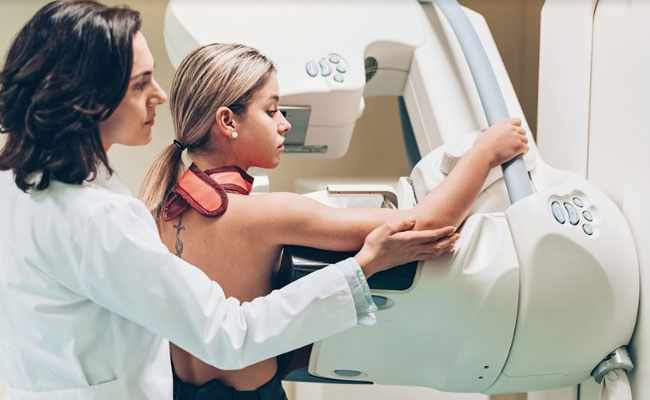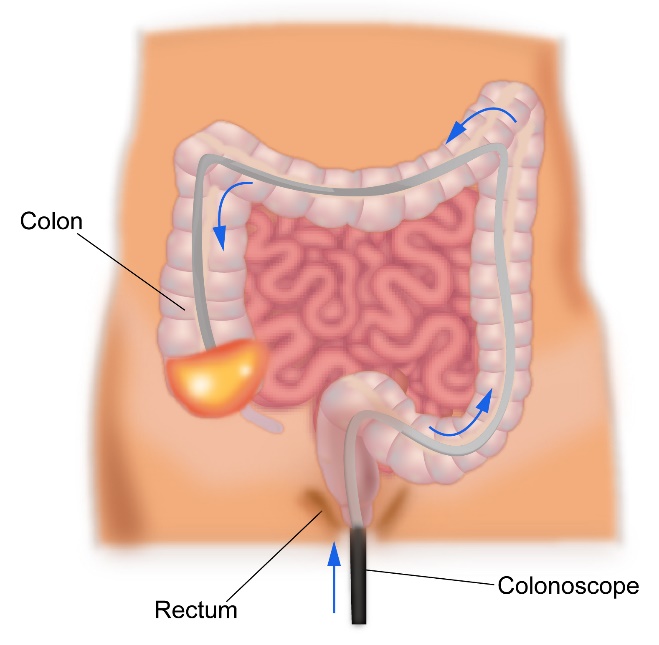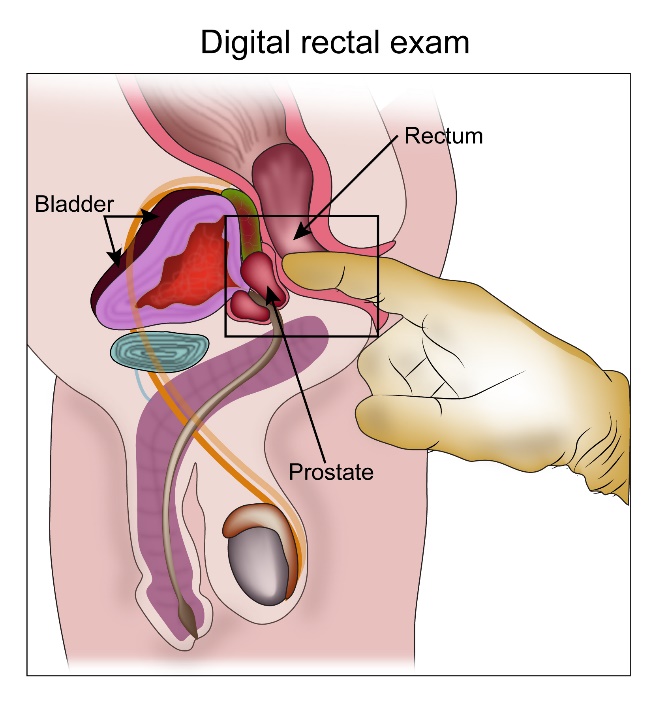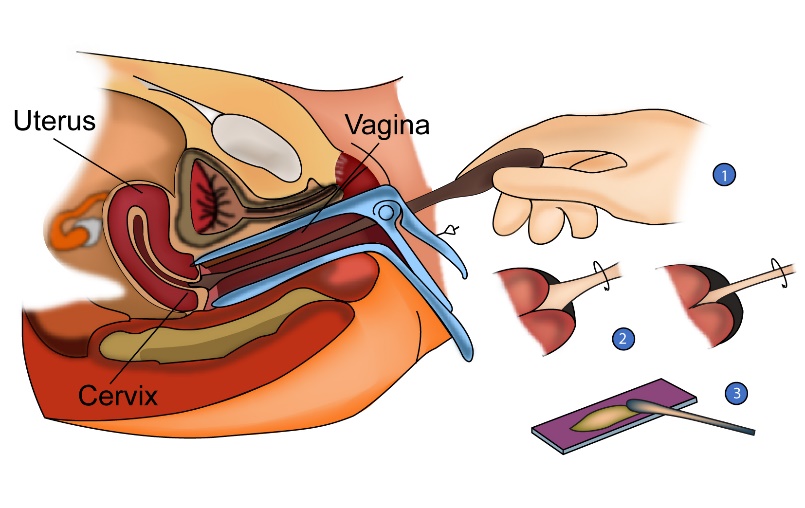Screening for cancer
What is screening for cancer?
Screening for Cancer is a process where tests are performed periodically in normal people to look for the presence of cancer or precancerous conditions that could lead to cancer.
What is the advantage of Screening?
Most cancers do not produce any symptoms when they are in their early stages. By the time they produce symptoms and be detected, cancers can be in more advanced stages and therefore become difficult to cure. Screening helps to detect these cancers early and increase the chance of cure.
Screening is available for the following cancers
- Breast Cancer
- Colon and Rectal Cancer
- Prostate Cancer
- Cervical Cancer
- Lung Cancer
Screening for Breast cancer involves screening tests which help in early detection of pre-cancerous breast disease and breast cancer. Pre-cancerous breast disease includes breast conditions which if left untreated can turn into cancer over time.
The advantages for screening are that the cancers can be detected when they are small, increasing the chance of cure. Also, when smaller cancers are found, they can be treated with a lumpectomy (removal of lump only) rather than a mastectomy (removal of breast).
Who benefits from Breast Screening?
Breast screening should be considered by all women above the age of 40 and screening should continue at least until 70. For women with a very strong family history of breast cancer, screening is started at 30.
How is Breast Screening Done?


Breast screening is done by a mammogram. A mammogram is the commonest test used to detect breast conditions. It is a low dose x-ray of the breast. During the test, the breast is compressed with a plate and two x-rays are taken in different angles. The x-rays are taken on both breasts. Mammograms can detect breast cancers even before a lump is felt. They are usually done in women over the age of 40. Mammograms are usually painless. Some women may have discomfort when the plate is compressed against the breast. Mammograms should not be done a week before or during a period. A breast MRI and mammogram are both done in women younger than 40 as mammograms are less sensitive.
The result of the mammogram may not be available straight away and an appointment is arranged for another day.
If the mammogram is normal, it should be repeated again in two years and then every two years at least until the age of 70. Some countries recommend a mammogram every year and others every three years. If an abnormality is found on the mammogram, it doesn’t always mean that there is cancer. A lot of non-cancerous conditions can show up on a mammogram. Further tests like breast ultrasound and biopsy may be required to investigate the abnormality.
The colon and rectum form part of the large intestine. The colon can be divided into the caecum, the ascending colon, the transverse colon, the descending colon and sigmoid colon. The rectum is the lower most part of the large intestine and lies between the sigmoid colon and anus.
Screening for bowel cancer helps to detect bowel cancer at an earlier stage, when treatment is more likely to be curative. Screening also helps to detect polyps in the bowel. Polyps are small growths in the inner lining of the large intestine. They do not produce any symptoms and can develop into a cancer over a period of time. If polyps are seen at screening they can be removed by surgical resection.
Who benefits from Bowel Cancer screening?
Bowel cancer screening should be considered by everyone over the age of 50. For patients with a strong family history of bowel cancer, screening should be considered from the age of 40.
How is Bowel Cancer Screening done?
Bowel cancer screening can be done in many ways.
Faeces for Occult blood (FOB)
This is a test where faeces are collected and tested for the presence of small amount of blood. Polyps and cancers in the bowel can bleed. Occult means hidden, and therefore the test aims to pick up blood that cannot be seen in the faeces.
If the test is positive, the person is then sent for a colonoscopy. If it is negative (blood not found),
the test is repeated again every year.
Flexible sigmoidoscopy
This is a test where a flexible thin tube with a camera at the end of it, is inserted into the anus. This test will help to visualise the left sided colon and rectum for polyps and cancer. The test can be done on an outpatient basis and is safe. It does not need any bowel preparation. The disadvantage of the test is that it doesn’t visualise the whole colon. If this test is used for screening, it has to be repeated every 5 years.
Colonoscopy
This test uses a thin tube with a camera at the end of it. The tube can be extended up to the entire length of the rectum and colon looking for abnormalities. If polyps are found, they can be resected at the same time. The test has to be done after adequate bowel preparation. Bowel preparation is done with the use of laxatives given the day before the procedure, so that the bowels are empty at the time of the test. If the colonoscopy is normal, it should be repeated again every ten years.

The prostate gland is present in males only. It produces prostatic fluid which forms part of semen.
Prostate cancer is a common cancer in the elderly population. Screening for prostate cancer helps detect prostate cancer at an earlier stage.
Who benefits from Prostate Cancer screening?
Prostate Cancer Screening is offered to men after the age of 50. Screening can be continued until the age of 70-75 or longer.
How is Prostate cancer Screening done?
Prostate cancer screening is done with the help of a PSA test. PSA stands for Prostate specific antigen. This is a protein which is present in the blood and is elevated in people with prostate cancer. PSA can also be elevated in non-cancerous prostate conditions. Therefore, having an elevated PSA doesn’t always mean that there is cancer. A single blood test will give the PSA result.
Along with PSA, the prostate gland is examined by the doctor.
If the PSA is raised, a prostate biopsy is advised and if the PSA is normal, a repeat PSA is done every 2-4 years.

The cervix is the lower part of the Uterus (womb). Cervical cancer is cancer that develops from the cervix. Cervical cancer is very common in India and screening helps in detecting precancerous conditions and cancer of the cervix. Cervical Intra epithelial neoplasia (CIN 1-3) is a precancerous condition that can develop into a cervical cancer over a period of time. Detecting these conditions early increases the chance of cure.
Who benefits from Cervical Cancer screening?
Cervical cancer screening should be offered to all women over the age of 20. This test is continued every 3 years until the age of 65.
How is cervical cancer Screening done?

Cervical cancer screening is done with the help of a Pap smear test. This is a test which the doctor does, to look for cancer or changes that could lead to cancer in the cervix.
The doctor will use a small tool to take some cells from the cervix. These cells are then looked at under the microscope for changes. The test can cause a little discomfort but is not painful.
After the age of 30, a Pap smear test is done along with a HPV test. HPV stands for Human Papilloma Virus and if present can increase the risk of cervical cancer. This is a common virus that most women get at some time in their life. The cells that are taken for Pap smear can also be tested for HPV.
The results of the test will be available in a day or two. Having an abnormal test doesn’t mean there is cancer and most women who have an abnormal smear test don’t have cancer.
If the test is abnormal, the doctor may advise an HPV test if it was not done or a colposcopy to look at the cervix closer. Sometimes, a repeat Pap smear in 12 months is all that is required.
A colposcopy is a test where the doctor can take a close look at the cervix and take a biopsy if needed.
If the Pap smear is normal, it is to be repeated every 3 years. After the age of 30, if an HPV test is added to the Pap test, then screening can be done every 5 years.
See the section on prevention regarding cervical cancer vaccination.
Lung Cancer is cancer that has originates in the lung. The main risk factor for developing Lung Cancer is smoking. Screening for lung cancer is not offered to everyone like screening for other cancers.
It is only offered to patients in the high-risk groups listed below.
Who benefits from Lung Cancer screening?
Screening for Lung cancer can be offered to individuals with the following features.
Those in age group 55 to 74 with a 30 pack year smoking history. ( A pack year is equal to smoking 20 cigarettes a day for one year. 30 pack years is smoking 20 cigarettes per day for thirty years or 40 cigarettes per day for 15 years).
Those over the age of 50 with a 20-pack year history and a risk factor. Risk factors include exposure to Radon or Asbestos, family history of lung cancer or other cancers, history of lung diseases such as COPD or Pulmonary Fibrosis.
How is Lung cancer Screening done?
Lung Cancer screening is done with the use of a low dose CT scan of the chest. This is done yearly.
A CT scan uses x-rays to get detailed images of the chest and can detect small abnormalities in the lungs.
Are there screening tests for other cancers?
Routine screening is not recommended for cancers other than those listed above as there is no proven benefit of doing them.




